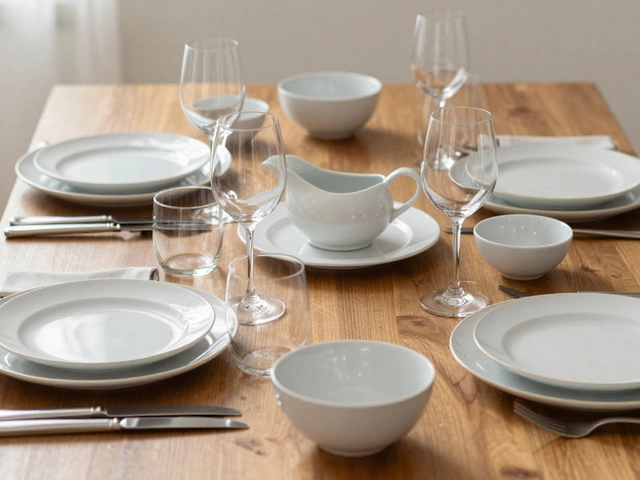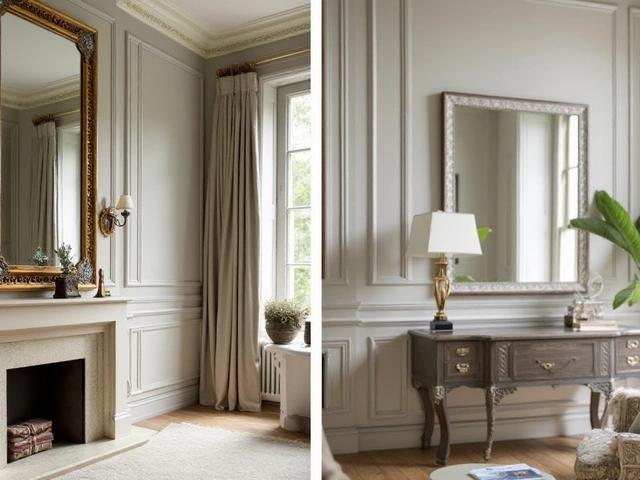Most Common Bedding Types Explained - What Every Sleeper Should Know
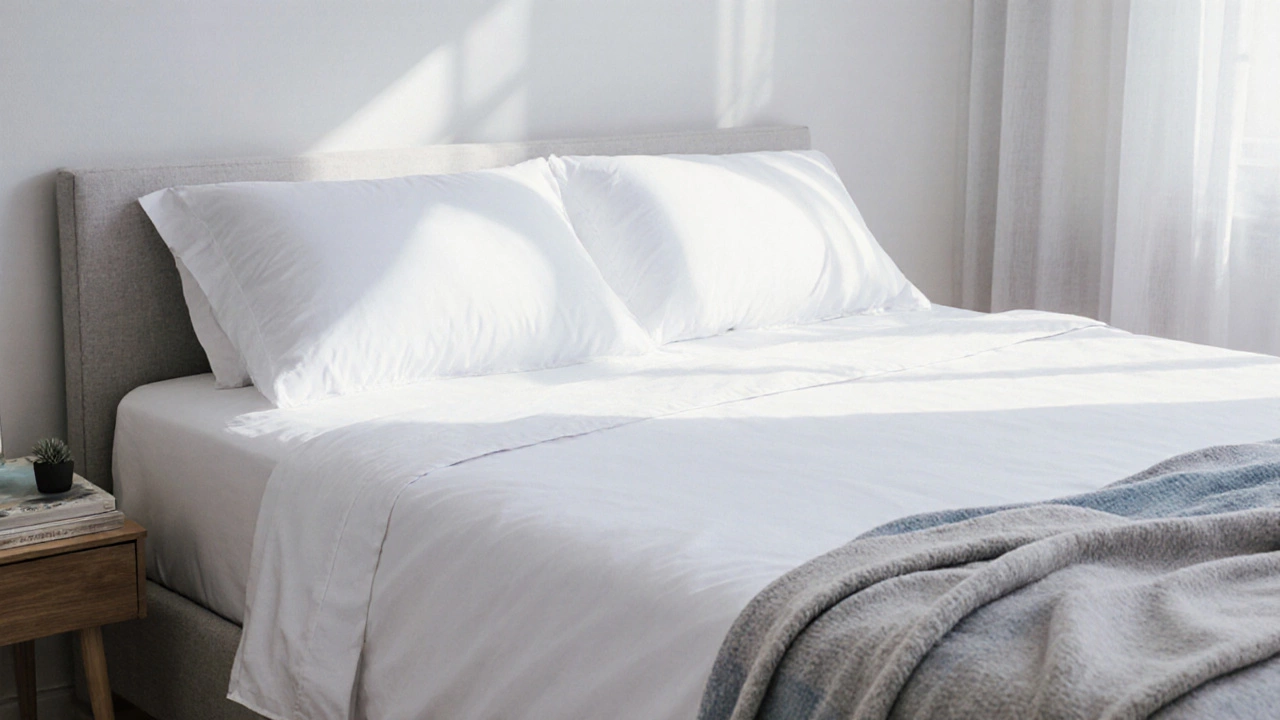
Bedding Type Selector
Your Recommended Bedding Set
Sheet Set
The base layer that directly contacts your skin.
Material: Cotton Price: $20-40Middle Layer
Top Layer
Decorative or protective cover for extra comfort.
Material: Cotton Price: $25-60Quick Takeaways
- The sheet set (flat and fitted sheets) is the most widely used bedding component worldwide.
- Cotton dominates the material market because of breathability, durability, and price.
- Climate, lifestyle, and budget determine whether you add a duvet, blanket or comforter.
- Proper care-regular washing, proper storage, and timely replacement-extends the life of any bedding.
- Choosing the right combination starts with understanding each component’s role.
When it comes to a good night’s sleep, bedding is the collection of textiles that cover a mattress and provide comfort, warmth, and hygiene. If you’re wondering what the common bedding types are, let’s break it down step by step.
What Counts as Bedding?
In everyday language, people lump together anything that goes on a bed. Technically, bedding consists of three layers:
- Base layer - the sheet set that directly contacts the sleeper.
- Middle layer - blankets, comforters or duvets that add insulation.
- Top layer - decorative or protective covers such as quilt covers or throws.
Each layer can be made from a range of fabrics, but the market consistently shows a few winners.
The Sheet Set: The Undisputed Leader
Data from the 2024 Home Goods Consumer Survey (conducted in the US, UK, Australia and NewZealand) reveals that 68% of respondents listed a sheet set as the first item they purchase when furnishing a new bedroom. The sheet set includes a flat sheet, a fitted sheet, and often a pillowcase or two.
Why does this combination dominate?
- It directly protects the mattress, extending its life.
- It creates a smooth surface that reduces friction on skin and hair.
- It’s the most affordable entry point - a decent quality cotton set can be under $30 per set.
When the sheet set is mentioned in a store, most shoppers assume it’s the core of any bedding purchase. The next sections explain the other pieces that often accompany the set.
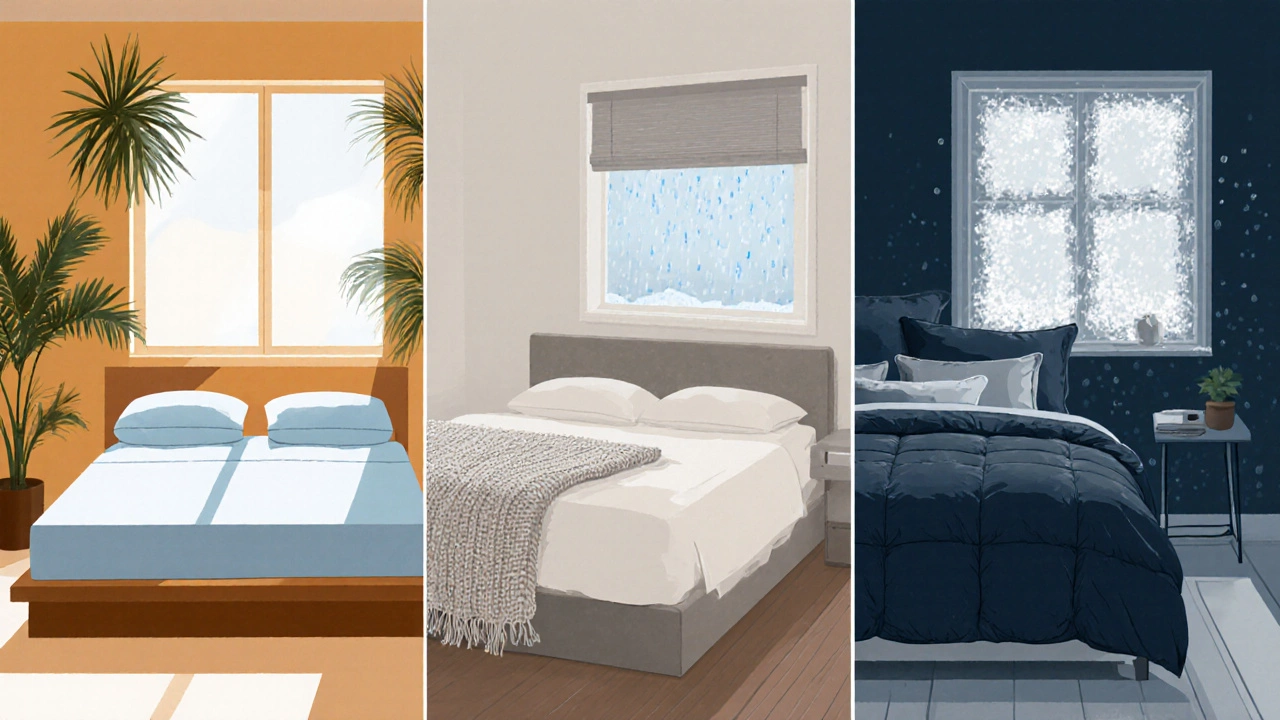
Key Bedding Components and Their Typical Materials
Below is a quick snapshot of the most common items and the fabrics they’re usually made from.
| Component | Typical Material | Seasonal Use | Average Price (USD) |
|---|---|---|---|
| Sheet set | Cotton (percale or sateen), linen, microfiber | All year | 20‑40 |
| Pillowcase | Cotton, bamboo, silk | All year | 5‑15 |
| Duvet cover | Cotton, linen, polyester blend | Spring‑Fall (covers duvets of various weights) | 25‑60 |
| Blanket | Wool, fleece, cotton | Winter | 30‑80 |
| Comforter | Down, synthetic fill, cotton shell | Winter‑Early Spring | 50‑150 |
Why Cotton Reigns Supreme
Among the fabrics listed, cotton appears in five of the six top entries. The 2023 International Textile Report notes that cotton holds a 44% share of global bedding fabric production, followed by polyester at 22% and linen at 9%.
Three reasons explain cotton’s dominance:
- Breathability: Natural fibers let air flow, keeping you cool in summer and warm in winter.
- Ease of care: Machine‑washable at 40°C, quick‑dry, and resistant to fading.
- Affordability: Scale of production drives down price, making cotton sets the go‑to for first‑time buyers.
When you hear “common bedding types,” cotton‑based sheet sets and pillowcases will almost always be part of the answer.
How Climate Shapes Your Bedding Choice
Living in Auckland means you’ll experience mild, wet winters and warm, sunny summers. That climate pushes many locals toward breathable cotton sheets year‑round, paired with a lightweight blanket for cooler nights.
In contrast, residents of northern Canada often add a heavy down comforter to their sheet set, while people in Dubai may skip the middle layer entirely, opting for a single sheet and a cooling pillowcase.
Understanding the local climate helps you decide whether a thicker duvet, a simple blanket, or just the sheet set is enough.
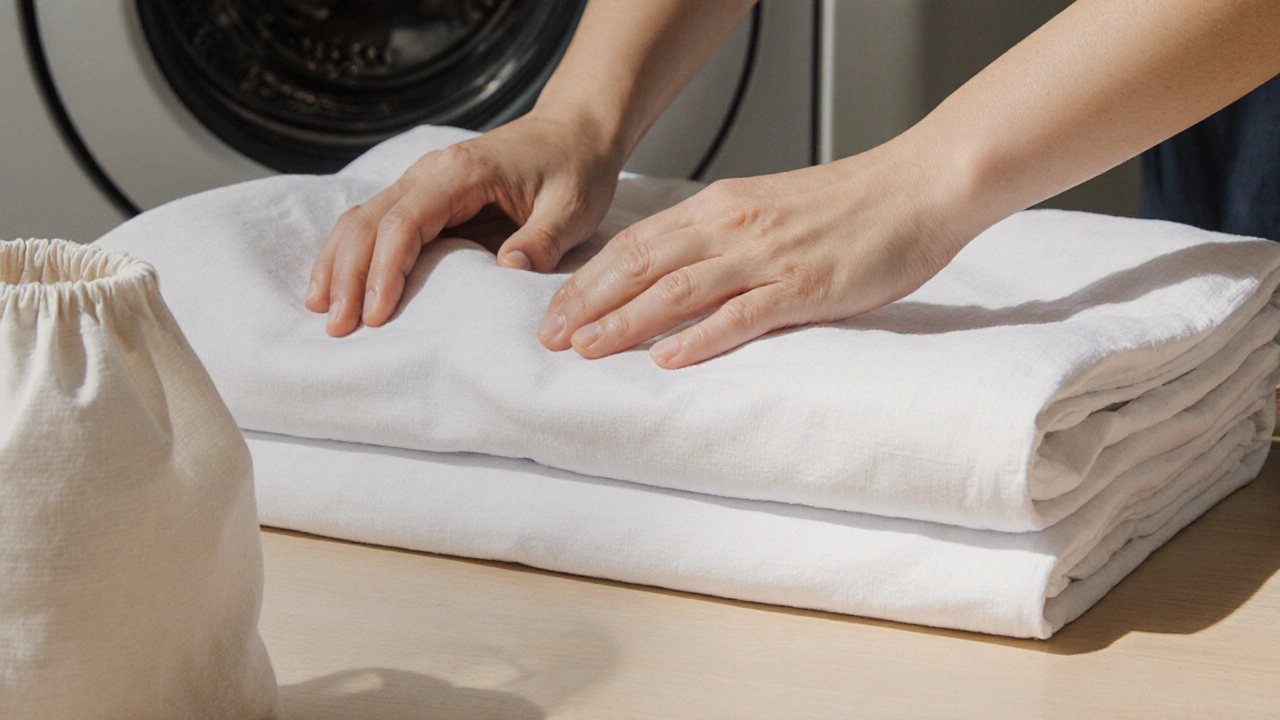
Choosing the Right Combination for Your Needs
Here’s a quick decision guide:
- Identify your climate: Hot, mild, or cold?
- Set a budget: Sheet set (≈$30) vs. duvet (≈$80) vs. comforter (≈$120).
- Pick a material: Cotton for breathability, linen for luxe feel, microfiber for budget‑friendly softness.
- Consider allergies: Choose hypoallergenic microfiber or down‑alternative fills.
- Decide on style: Solid colors for a timeless look, patterns for a starter‑room vibe.
Following these steps ensures you get a set that feels right and lasts longer.
Care Tips to Extend the Life of Your Bedding
Even the most common bedding types need proper upkeep. Below are best‑practice tips that apply to cotton, linen, and synthetic fabrics alike:
- Wash in warm water (40°C) to remove body oils without shrinking.
- Avoid bleach unless the label explicitly permits it; it can weaken fibers.
- Tumble dry low or line‑dry to prevent excessive wear.
- Store in a breathable bag rather than plastic; this prevents mildew.
- Rotate sets every 3-4 months to ensure even wear.
Following a simple routine can add 3-5 years to the life of a standard cotton sheet set.
Future Trends: Will the “Most Common” Change?
Tech‑infused fabrics are gaining traction. A 2025 market forecast predicts that bamboo‑viscose blends could capture 12% of the bedding market by 2030, thanks to their silky feel and sustainability credentials.
However, until those fabrics become mainstreamly affordable, cotton sheet sets will likely stay the most common bedding type for the foreseeable future.
Frequently Asked Questions
What exactly is included in a standard sheet set?
A typical sheet set contains a fitted sheet that hugs the mattress, a flat sheet that lies on top of the fitted sheet, and usually one or two pillowcases. Some brands also bundle a lightweight blanket.
Are cotton sheets really better than polyester?
Cotton breathes better, feels softer after each wash, and is less prone to static. Polyester is cheaper and more wrinkle‑resistant, but it can trap heat, making it less comfortable for hot sleepers.
How often should I replace my sheet set?
Most experts recommend replacing sheets every 3-5 years, depending on wear, washing frequency, and material quality. Signs to look for are thinning fabric, permanent stains, and a loss of smoothness.
Can I mix and match different materials, like a linen duvet cover with cotton sheets?
Yes, mixing materials is common. Pairing a breathable linen duvet cover with cotton sheets gives a cool feel in summer while adding texture contrast for décor.
What’s the difference between a blanket and a comforter?
A blanket is typically a single layer of fabric (wool, fleece, cotton) used for added warmth. A comforter is a thicker, insulated quilt filled with down or synthetic fibers and usually has a decorative shell.
Do I need a duvet cover if I have a comforter?
A duvet cover protects the comforter from stains and makes it easy to change the look of your bed. It also prolongs the comforter’s life by reducing direct washing.

